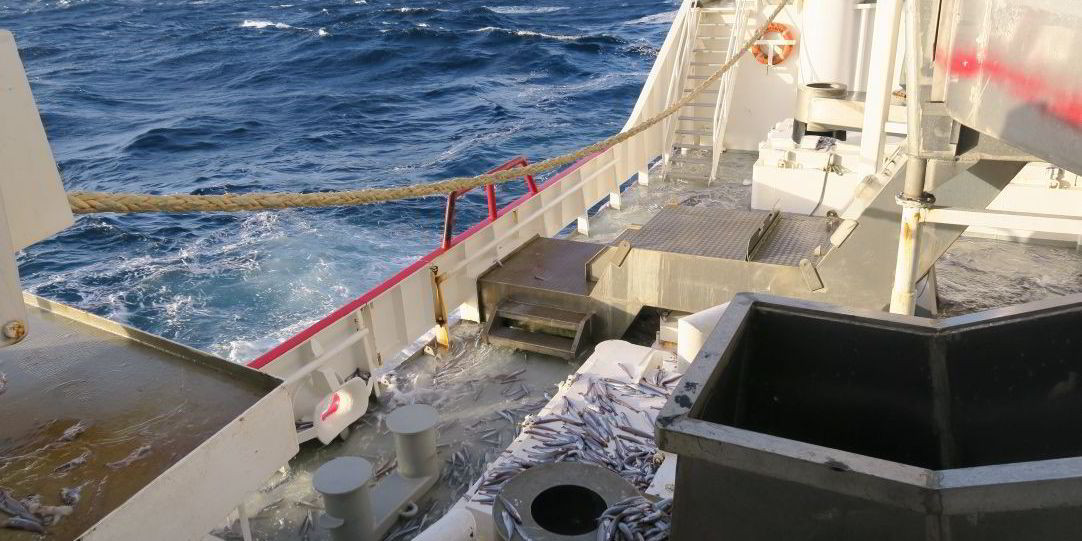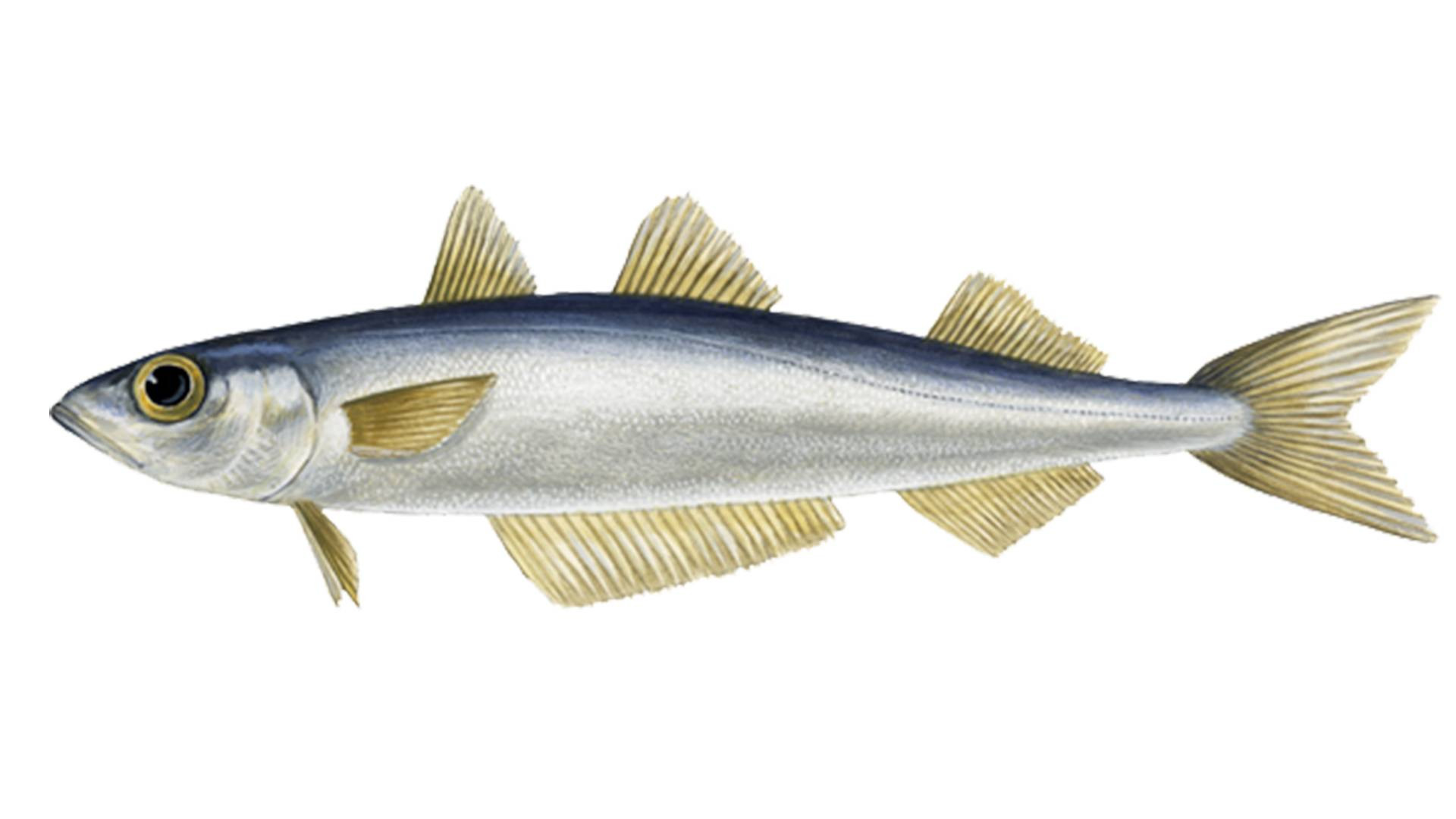Norway's Blue Whiting Bonanza: A Record-Breaking Year
Norway's fishing industry is celebrating a remarkable year, with landings of blue whiting reaching unprecedented levels. This surge in catches has sent ripples through the global seafood market, sparking discussions about the sustainability of this valuable resource and its implications for the future of the industry. The increase is not just a matter of higher catches; it's a potential game-changer, signifying a possible shift in the global balance of seafood supply.
Understanding the Blue Whiting Phenomenon
Blue whiting, a small, silvery fish found in the North Atlantic, is a crucial component of the marine ecosystem and a significant source of protein for humans. Its population dynamics are influenced by a complex interplay of factors, including ocean currents, water temperature, and the availability of prey. This year's exceptional landings may be attributed to a combination of these factors, including an abundance of herring, a key food source for blue whiting, leading to a population boom. The precise reasons, however, require further scientific investigation to ensure long-term sustainable harvesting practices.
The Role of Herring in the Blue Whiting Boom
The abundance of herring has played a significant role in the increase of blue whiting landings. Herring are a crucial part of the blue whiting's diet, and a healthy herring population directly impacts the growth and reproduction of blue whiting. The increased availability of this food source, combined with other favorable environmental conditions, likely contributed to the exceptional growth in the blue whiting population. Scientists are currently studying the relationship between herring and blue whiting populations to better understand the dynamics of this crucial ecosystem.
Economic Implications of the Blue Whiting Surge
The record-breaking blue whiting landings have brought considerable economic benefits to Norway. The increased catches have translated into higher revenues for fishermen, processing plants, and related industries. This surge has stimulated economic activity in coastal communities heavily reliant on fishing, providing jobs and boosting local economies. The nation’s export revenue from seafood products is also expected to receive a significant uplift.
Impact on Global Seafood Markets
Norway's surge in blue whiting landings is not just a national event; it has considerable implications for the global seafood market. Increased supply of blue whiting could lead to lower prices, impacting other producers and consumers worldwide. Furthermore, the changing dynamics of the North Atlantic fish stocks could trigger shifts in international trade patterns and agreements. This abundance also presents an opportunity for Norway to reinforce its position as a leading provider of sustainable seafood.
Sustainability Concerns and Future Prospects
While the record blue whiting landings are cause for celebration, it's crucial to address concerns about sustainable fishing practices. Overfishing, even of a seemingly abundant species, can have long-term consequences for the marine ecosystem. Therefore, strict monitoring of catches, scientific research into population dynamics, and the implementation of responsible fishing regulations are essential to ensure that the blue whiting fishery remains healthy and productive for years to come. The future of this thriving industry hinges on a commitment to sustainable management. It is important to remember that responsible practices are key to ensuring the long-term health of this valuable resource. The success story of Norway's blue whiting fishery serves as a case study for responsible resource management that can be replicated globally. Continued monitoring and research will guarantee a sustainable future for this valuable resource and secure its economic benefits for years to come.
A Sustainable Future: Navigating the Blue Tide
The remarkable success of Norway's blue whiting fishery presents both challenges and opportunities. While the economic benefits are undeniable, responsible stewardship of this resource is paramount. Balancing the need for economic growth with the imperative of environmental protection will determine the long-term sustainability of this valuable resource. The Norwegian government, alongside its fishing industry, must continue investing in research and implementing effective management strategies. The global community can learn valuable lessons from Norway’s approach to balancing economic prosperity with environmental sustainability. Only through careful management and global cooperation can we ensure the enduring prosperity of this vital fishery.


















